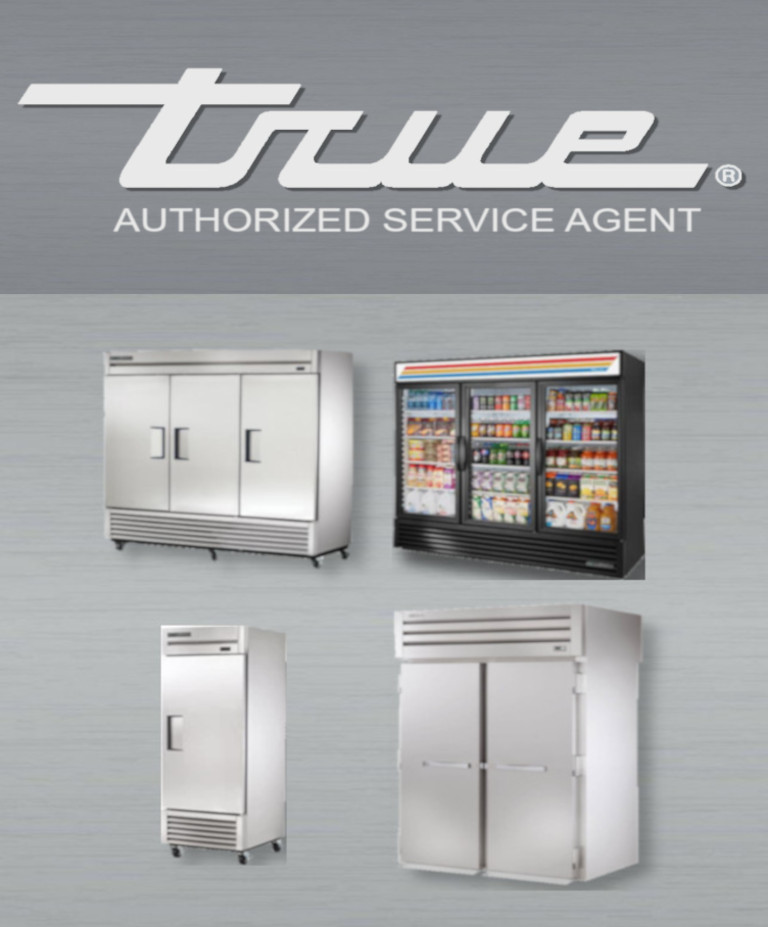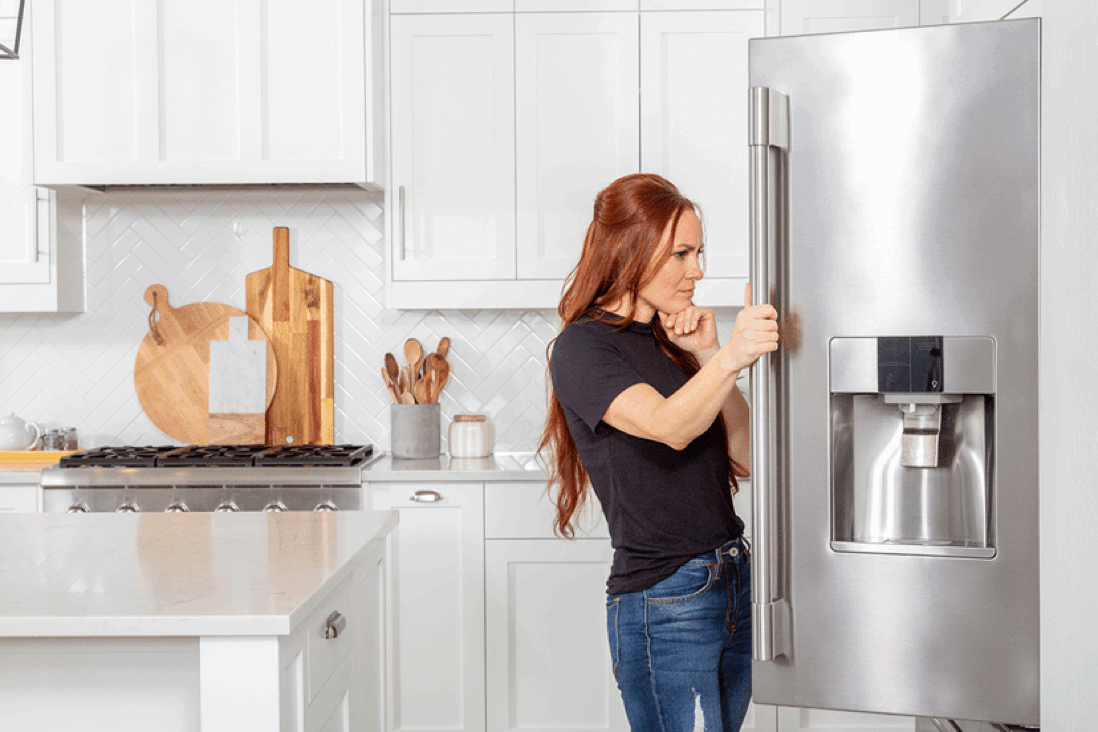What Every First-Time Buyer Should Know About Appliance Repair from Dependable Refrigeration & Appliance Repair Service
What Every First-Time Buyer Should Know About Appliance Repair from Dependable Refrigeration & Appliance Repair Service
Blog Article
The Ultimate Guide to Do It Yourself Home Appliance Fixing Strategies
From refrigerators to dishwashing machines, recognizing exactly how to repair and fix these tools can save you time and money. Are you prepared to find necessary strategies that will encourage you to take care of repairs confidently?
Comprehending Typical Home Appliance Issues
When you depend on your home devices, it can be irritating when they suddenly quit functioning or act up. Recognizing usual home appliance problems can aid you fix issues properly.
If your oven isn't heating, defective elements or thermostat problems could be to criticize,. Dishwashers often experience issues with water drainage, so make certain the filter is clean and the drainpipe pipe isn't kinked.
Also, pay attention for unusual audios; they typically indicate mechanical problems. By identifying these indications, you can conserve time and possibly stay clear of expensive repairs. A little understanding goes a lengthy way in keeping your home appliances, so remain informed to maintain everything running smoothly.
Crucial Tools for Do It Yourself Services
Before diving right into DIY appliance fixings, it's important to collect the right devices to guarantee the procedure goes smoothly. Begin with an excellent collection of screwdrivers, including both flathead and Phillips, as they're crucial for opening most appliances. You'll also desire a pair of pliers for grasping and turning cords or small elements.
Do not fail to remember a multimeter; it aids you examination electrical components and identify problems efficiently. An outlet collection comes in handy for loosening up or tightening up screws, while an energy blade can be beneficial for cutting wires or opening packaging.
Finally, take into consideration having a flashlight on hand to illuminate dark spaces inside your appliances. With these crucial devices, you'll be well-appointed to tackle various repair work, saving both time and money. Gather your gear and obtain prepared to roll up your sleeves!
Security First: Preventative Measures to Take
Before you start any type of home appliance fixing, it's necessary to prioritize safety. Make sure you put on personal protective equipment, disconnect the source of power, and maintain your workplace organized. These easy safety measures can help prevent accidents and assure a smoother fixing procedure.

Personal Safety Equipment
Security equipment is a crucial part of any kind of DIY appliance repair work task. You must always wear security goggles to safeguard your eyes from dust and debris. A sturdy set of gloves will shield your hands from sharp edges and harmful materials. Consider using a mask if you're dealing with chemicals or dust, ensuring you breathe safely while functioning. Steel-toed boots are additionally a clever option, particularly when lifting heavy home appliances. Don't forget to put on lengthy sleeves and trousers to secure your skin from prospective injuries. By prioritizing individual safety devices, you'll considerably minimize the risk of injuries and crashes. Remember, being prepared with the right equipment maintains you risk-free and concentrated on finishing your repair service effectively.
Source Of Power Interference
To guarantee a risk-free DIY home appliance repair work, separating the power source is important. Prior to you start any kind of work, you must disconnect the appliance or turn off the breaker. This simple action prevents electric shocks and warranties that you can focus on the repair without fretting about unintentional activation. Constantly double-check that the home appliance is off by examining it with a voltage tester. If you're taking care of bigger appliances, like a washer or dryer, see to it to secure the power cable and prevent any kind of call with water. Bear in mind, safety and security! Once you're positive that the power is separated, you can confidently wage your repair services, recognizing you've taken the required preventative measures to protect yourself.
Workplace Organization
A well-organized work location can make all the distinction in your DIY home appliance fixing job. Begin by removing your office of mess to stop interruptions and mishaps. Set out all your materials and tools, grouping comparable products with each other for very easy accessibility. Make use of a toolbox or organizer to maintain tiny parts like screws and washers had and identified. Make certain you've obtained appropriate lighting; it'll help you see information plainly and minimize the risk of blunders. Do not neglect to keep safety and security equipment like handwear covers and goggles accessible. Have a garbage bag convenient to dispose of waste without delay. A neat space not just enhances performance however also maintains you safe while you service your appliance repair.
Step-by-Step Overview for Fridge Repair Works
When your refrigerator begins acting up, it can be aggravating, however taking on the trouble yourself can conserve you time and cash. Inspect for usual problems like temperature level fluctuations or uncommon sounds. For a loud refrigerator, examine the follower and confirm it's not blocked.
If there's water pooling within, check the door seals for damage or dirt, and clean them if required. For ice buildup, clear the defrost drain. Connect the refrigerator back in and check it for a couple of hours when you've attended to the problem. If the issue continues, you might require to change a faulty component, like the compressor or follower motor. Keep in mind, don't be reluctant to seek advice from the manual or seek specialist assistance if needed.
Fixing Cleaning Device Concerns
Similar to refrigerators, cleaning equipments can present their very own collection of challenges, however lots of issues can be settled with a little bit of troubleshooting. If your machine won't start, inspect the power cable and validate it's plugged in. Next off, check the door lock; a faulty latch can stop the cycle from starting. It might be due to international items stuck in the drum or the drainpipe pump. if you observe uncommon sounds throughout procedure.
If your clothing aren't getting clean, take into consideration the water degree and cleaning agent kind; utilizing way too much detergent can produce excess suds, affecting efficiency. For leakages, analyze the hose pipes for fractures or loosened links. Tightening these can often fix the issue. Routine maintenance, like cleaning the filter, can prevent many issues from emerging. Keep in mind, a little troubleshooting goes a long way in maintaining your cleaning maker running smoothly.
Fixing Ovens and Stoves
How can you repair usual issues with your stove or stove? Beginning by inspecting the power supply.
If your stove isn't heating, inspect the temperature level settings and verify the door seals tightly. A faulty burner might additionally be the offender; you could need to change it if it's damaged.
For unequal food preparation, rotate your pans and consider utilizing a stove thermometer to validate accurate temperatures. Lastly, if you listen to unusual sounds or smell gas, shut off the device right away and get in touch with additional info an expert. By complying with these actions, you can recognize and deal with lots of usual stove and range problems successfully.
Fixing Dishwashers Made Easy
When your dishwashing machine begins breaking down, it can be aggravating, however attending to common concerns isn't as hard as visit homepage it seems. You'll learn step-by-step troubleshooting methods that will certainly assist you identify the issue, together with the crucial devices you'll require to deal with repair work on your own. Let's make fixing your dishwasher a breeze!
Usual Dish Washer Concerns
While dishwashing machines are made to make your life simpler, they can often run right into common issues that leave you really feeling annoyed. If your dishwasher's door won't latch, it might be an easy problem with the latch mechanism or door seal. Dealing with these problems early can conserve you time and hassle down the road.

Detailed Troubleshooting
Before diving right into repairs, it's crucial to identify the details issue your dish washer is dealing with. Start by inspecting if it's unclean correctly. Inspect the spray arms for blockages and assurance they rotate freely. If it's dripping, examine door seals and hose pipes for any kind of damages. For unusual sounds, listen carefully throughout cycles; foreign items may be embeded the filter or impeller. Inspect the power supply and door lock if your dish washer will not begin. Don't fail to remember to consult your individual guidebook for repairing tips specific to your version. By methodically dealing with each prospective problem, you can identify the issue and take the needed actions to repair it, making your dishwasher function like new once again.
Important Repair Devices
Having the right devices at your disposal can make all the difference when fixing your dishwashing machine. Don't neglect a pail or towels for any type of water splashes during repair work.
If you're taking on clogs, a drain serpent or a wet/dry vacuum cleaner will certainly be invaluable. You might also desire a level to assure your dishwashing machine's appropriately lined up. Safety and security gear like safety glasses and handwear covers will shield you while you work. With these crucial tools, you'll be well-equipped to tackle any type of dish washer repair work challenge that comes your method.
Often Asked Concerns
If a Device Is Well Worth Repairing?, exactly how Do I Determine.
To identify if a device's worth fixing, consider its age, repair costs, and present value. If repair services exceed half the replacement cost, you could desire to spend in a brand-new model rather.
Can I Locate Substitute Components In Your Area for My Home Appliance?
Yes, you can usually discover substitute parts locally for your home appliance. Check equipment stores, home appliance repair stores, or local classifieds. Don't forget to bring the model number to assure you obtain the correct component!
When Fixing Appliances?, what Usual Mistakes Should I Avoid.
When fixing devices, avoid rushing with diagnostics, neglecting safety and security precautions, or utilizing incorrect tools. Do not avoid reading guidebooks or enjoying tutorials; they offer important guidance. Hold your horses and comprehensive to assure successful fixings and stop further damage.
The length of time Does a Normal DIY Home Appliance Repair Work Take?
A regular DIY home appliance repair normally takes one to 3 hours, depending upon the intricacy. You'll wish to collect your devices and materials first, and adhere to instructions meticulously to avoid unnecessary hold-ups.
Are There Any Type Of Service Warranties for DIY Home Appliance Services?
When you tackle DIY home appliance repairs, warranties normally do not cover your work. Some makers could recognize guarantees for parts you replace. Constantly examine your appliance's guarantee terms before starting any type of repair work to prevent concerns.
Prior to diving right into Do it yourself device this article repairs, it's important to gather the right tools to guarantee the process goes efficiently.Prior to you begin any type of home appliance repair service, it's crucial to focus on safety.To assure a secure Do it yourself device repair, disconnecting the power source is important.A well-organized work location can make all the distinction in your Do it yourself home appliance repair service task. Constantly examine your device's service warranty terms prior to starting any repairs to avoid concerns.
Report this page